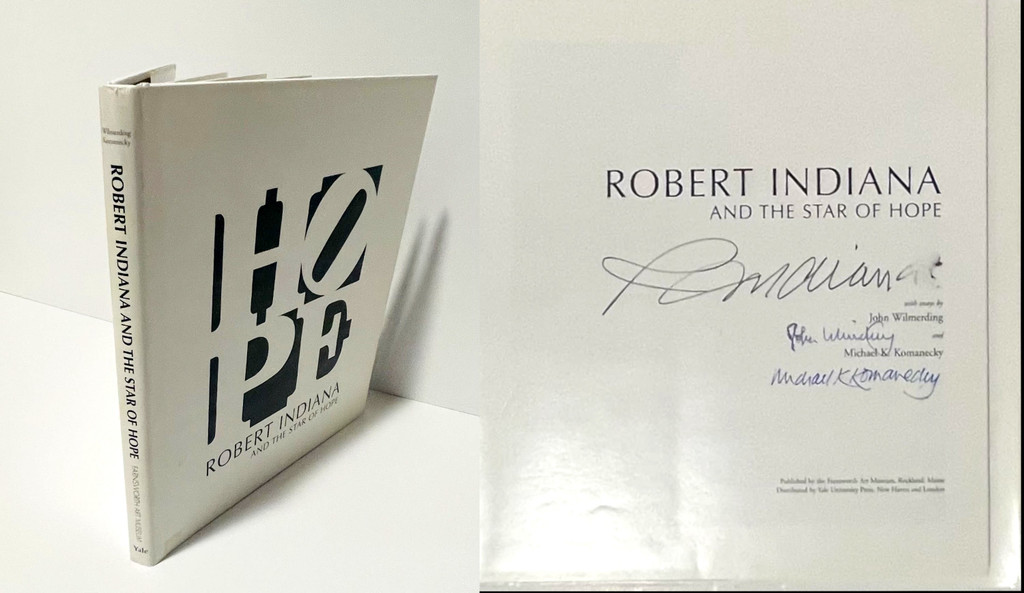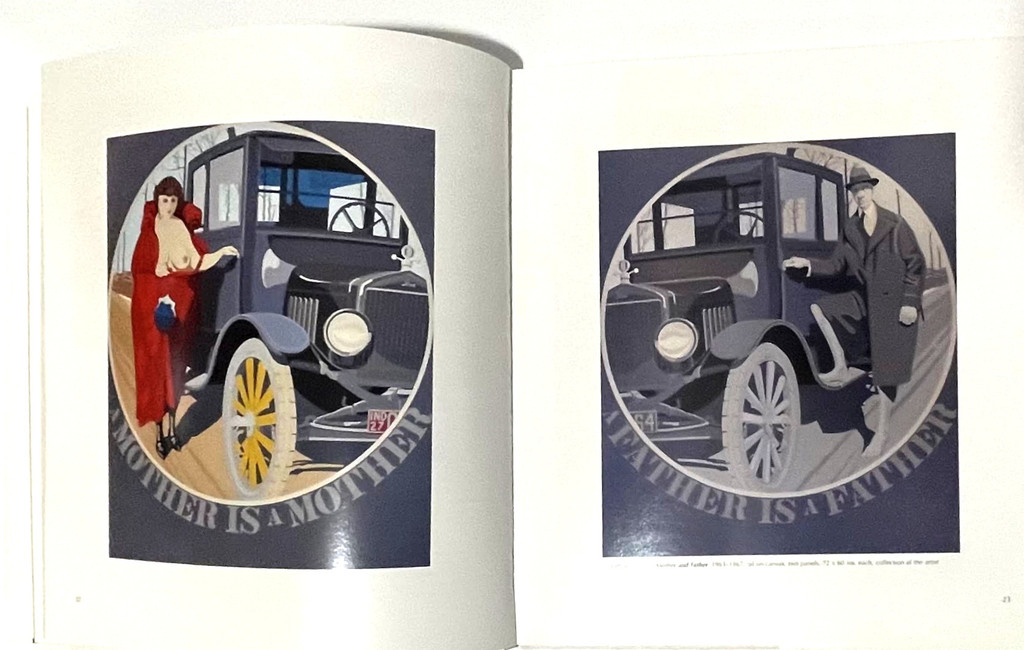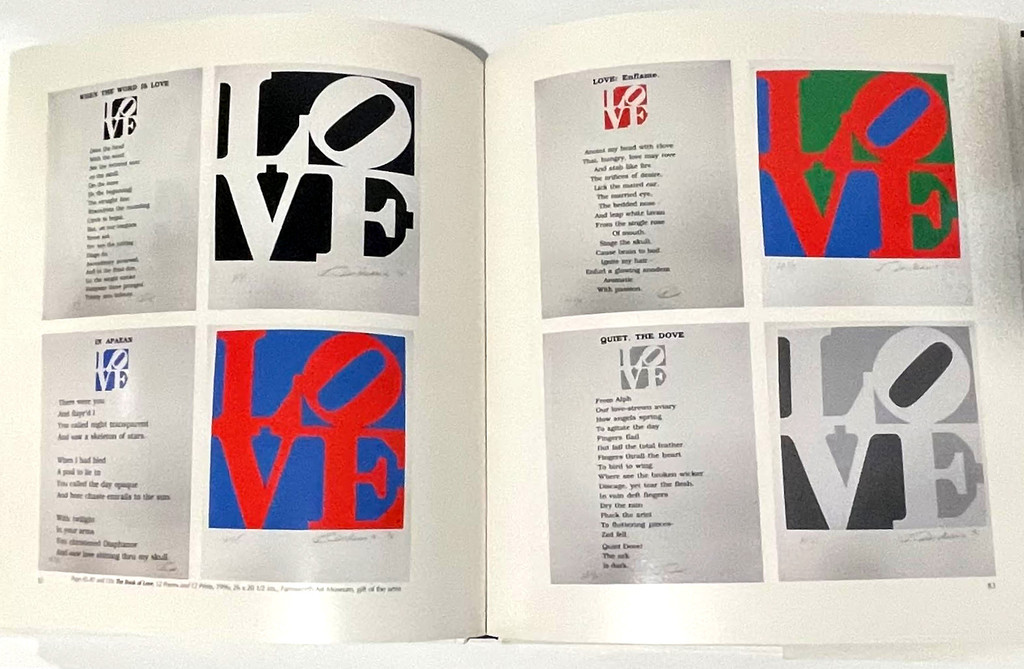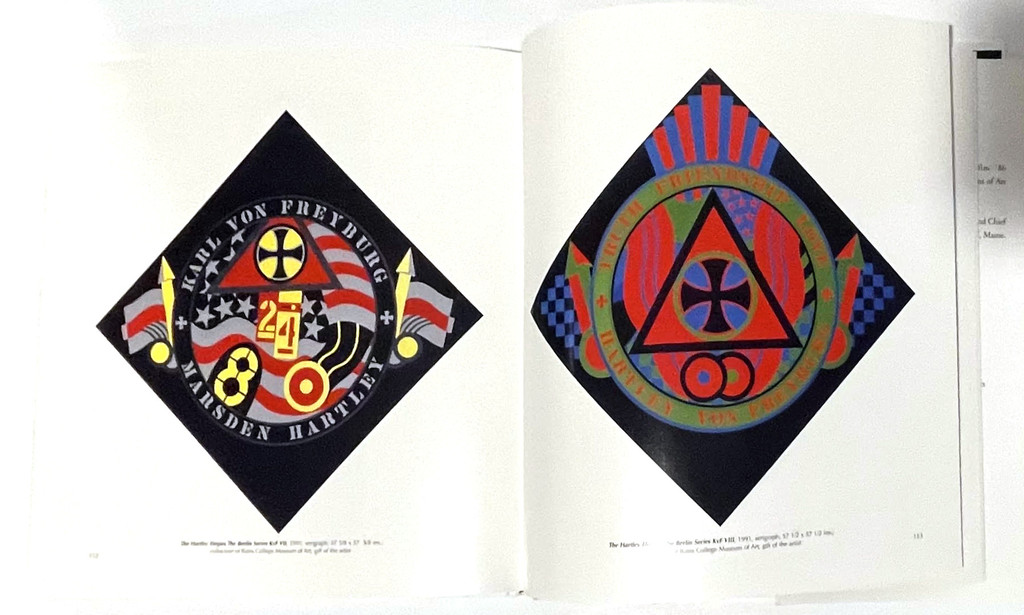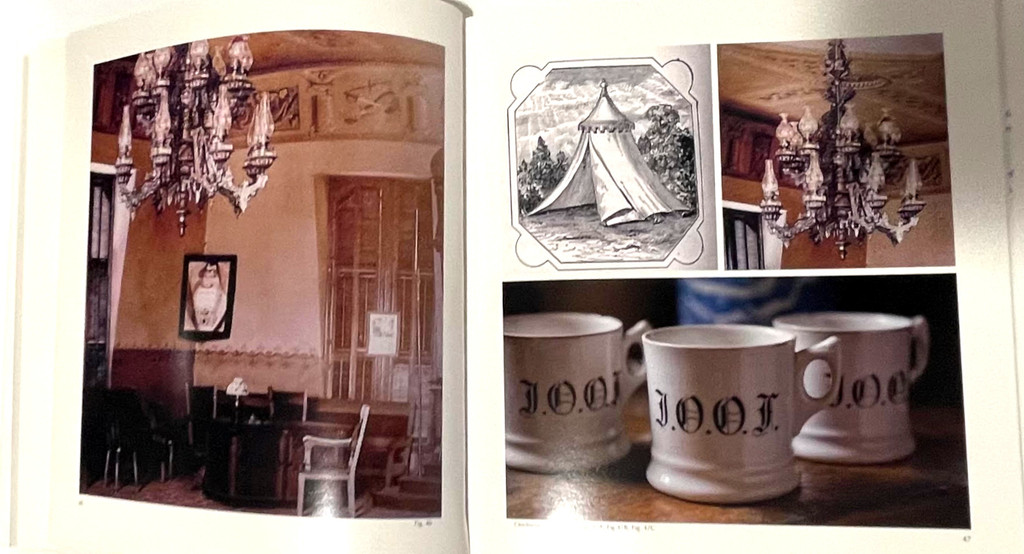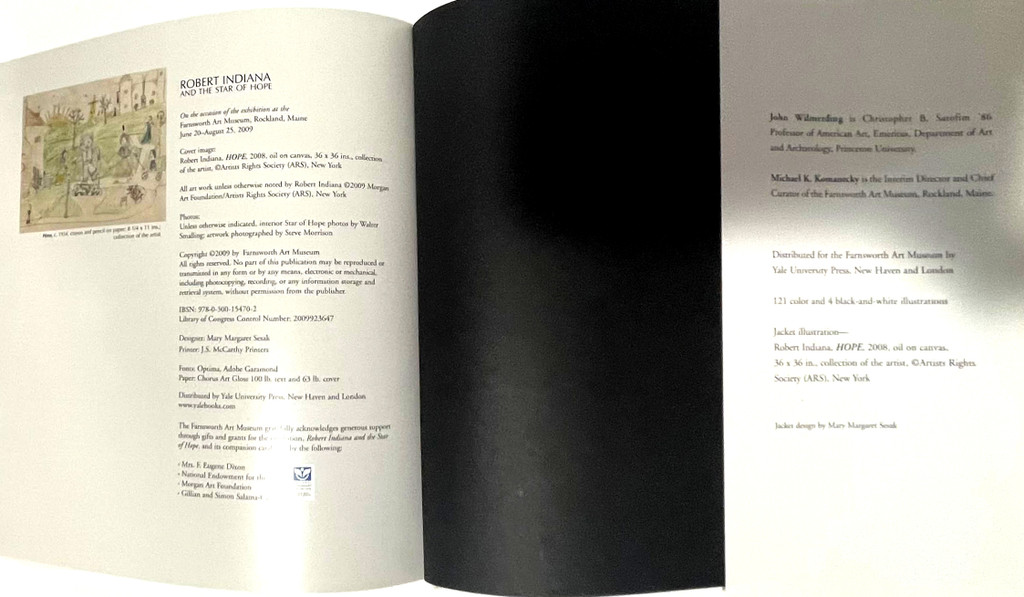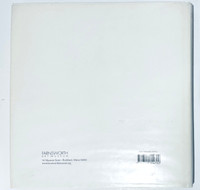
An Educated Collector is Our Best Client
In business for nearly two decades, we are a well established, popular contemporary art boutique specializing in expertly chosen, blue chip prints, multiples, uniques, books, ephemera and merchandise at different price points, with a focus on the secondary market. Please click on the "Contact Us" button at the bottom of this page for questions about any work, pricing and/or to arrange to visit our showroom/gallery - located in between Manhattan's Flatiron and Chelsea Flower Districts.
ALPHA 137 GALLERY
ALPHA 137 GALLERY
Robert Indiana, Monograph: Robert Indiana and the Star of Hope (hand signed by the artist as well as both writers), 2009
CONTACT GALLERY FOR PRICE
Description
Robert Indiana
Monograph: Robert Indiana and the Star of Hope (hand signed by the artist as well as both writers), 2009
Hardback monograph with dust jacket (hand signed by Robert Indiana, as well as authors John Wilmerding and Michael K. Komanecky)
Hand signed by Robert Indiana, as well as both authors John Wilmerding and Michael K. Komanecky, on the title page
10 1/4 × 9 3/4 × 3/4 inches
unframed
Provenance
Donated by the Farnsworth museum to the Maine State Theatre. Acquired by the present owner from the Maine State Theatre.
This collectible hardback monograph with dust jacket is signed by Robert Indiana, as well as both authors John Wilmerding and Michael K. Komanecky, on the title page. Donated by the Farnsworth museum to the Maine State Theatre. Acquired by the present owner from the Maine State Theatre. Makes a superb gift!
Published on the occasion of the exhibition at Farnsworth Art Museum from June 20 to August 25, 2009.
Book information:
Publisher: Farnsworth Art Museum, 2009
English; Hardcover; 128 pages with 121 color and 4 bw illustrations
Publisher's blurb:
Perhaps best known for his iconic paintings and sculptures of LOVE, also featured on a U.S. postage stamp, and HOPE, created in support of Barack Obama’s 2008 presidential campaign, Robert Indiana (b. 1928) has been living and working in Maine since 1978. The Star of Hope, his year-round home and studio on the island of Vinalhaven, is a former late 19th-century Odd Fellows lodge listed on the National Register of Historic Places.
Robert Indiana and the Star of Hope is both a retrospective of the artist’s work based on his own holdings, and an unprecedented study of his living and working space. His studio is a home, museum, archive, and gallery, all set within the historic interiors of the former Odd Fellows lodge. This book offers a unique examination of how Indiana’s work has unfolded since his move to Vinalhaven and includes works from his student days to storied sculptures such as EAT, prematurely removed from the 1964 New York World’s Fair and not exhibited since.
About Robert Indiana:
Robert Indiana was born Robert Clark in New Castle, Indiana on September 13, 1928. Adopted as an infant, he spent his childhood moving frequently throughout his namesake state. His artistic talent was evident at an early age, and its recognition by a first grade teacher encouraged his decision to become an artist. In 1942, Indiana moved to Indianapolis in order to attend Arsenal Technical High School, known for its strong arts curriculum. After graduating he spent three years in the U.S. Air Force and then studied at the Art Institute of Chicago, the Skowhegan School of Sculpture and Painting in Maine, and the Edinburgh College of Art in Scotland.
In 1956, two years after moving to New York, Indiana met Ellsworth Kelly, and upon his recommendation took up residence in Coenties Slip, once a major port on the southeast tip of Manhattan. There he joined a community of artists that would come to include Kelly, Agnes Martin, James Rosenquist, and Jack Youngerman. The environment of the Slip had a profound impact on Indiana’s work, and his early paintings include a series of hard-edge double ginkgo leaves inspired by the trees which grew in nearby Jeannette Park. He also incorporated the ginkgo form into his nineteen-foot mural Stavrosis (1958), a crucifixion pieced together from forty-four sheets of paper that he found in his loft. It was upon completion of this work that Indiana adopted the name of his native state as his own.
Indiana, like some of his fellow artists, scavenged the area’s abandoned warehouses for materials, creating sculptural assemblages from old wooden beams, rusted metal wheels, and other remnants of the shipping trade that had thrived in Coenties Slip. While he created hanging works such as Jeanne d’Arc (1960–62) and Wall of China (1960–61), the majority were freestanding constructions which Indiana called “herms” after the sculptures that served as boundary markers at crossroads in ancient Greece and Rome. The discovery of nineteenth-century brass stencils led to the incorporation of brightly colored numbers and short emotionally charged words into these sculptures as well as canvases, and became the basis of his new painterly vocabulary.

